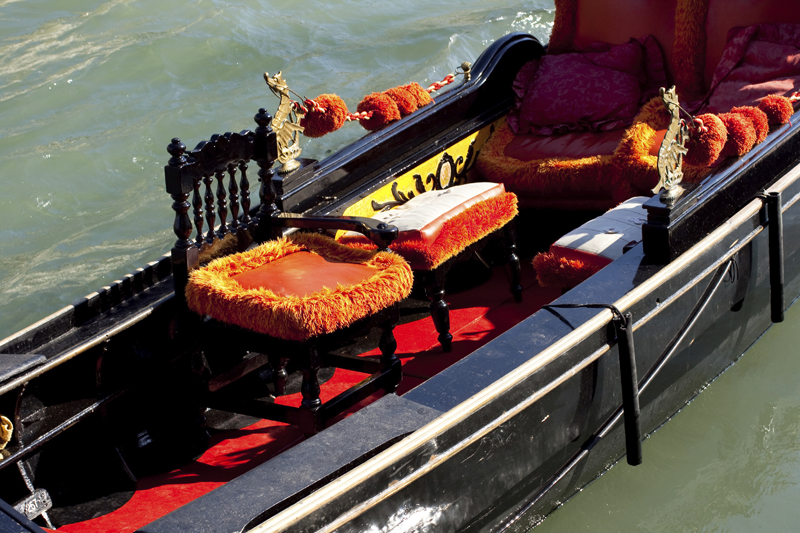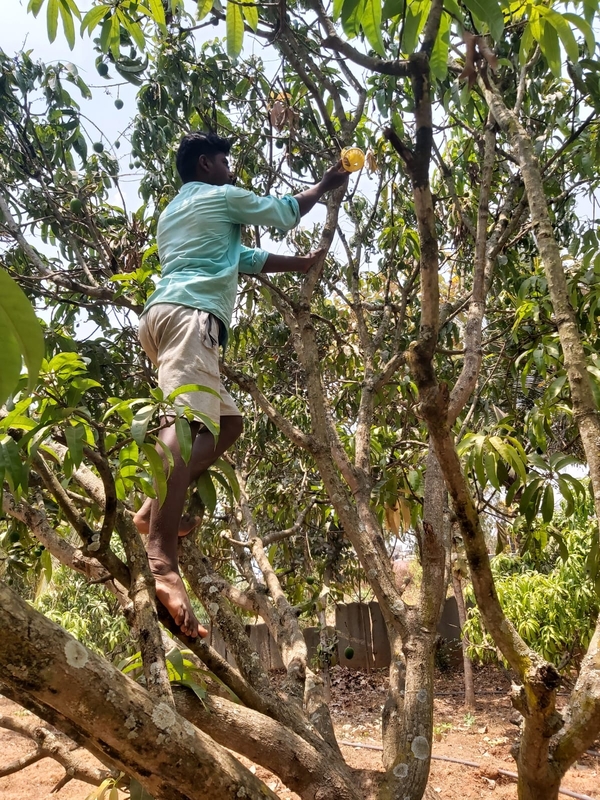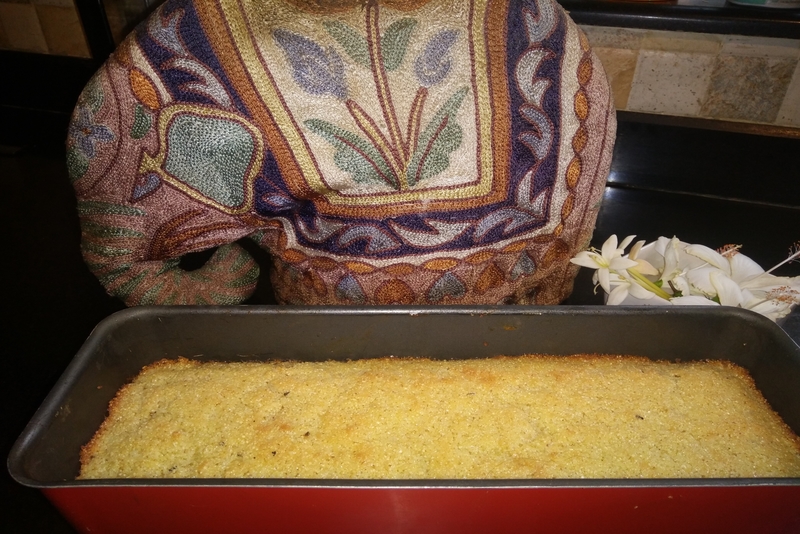Wicklow Mountains and Glendalough in Dublin

“Lets go for a day tour to the Wicklow Mountains and Glendalough,” said my colleague and co-journalist while we were in Dublin for a conference. So we decided to fly into Dublin from London a day earlier than the conference and take in a day tour. We always find these day tours wonderfully economical and perfect to get the actual information of the place, as normally a guide comes along with these tour buses and chatters on, giving you info on the place, you would otherwise have never got.
So once we dumped our luggage in the Temple Bar Hotel in the heart of Dublin, we took our back packs with water and scribbling pads and some crunchy apples off the breakfast table, just incase we got hungry on the way. “ The Wicklow Mountains run through the County of Wicklow and stretch outside its borders into Counties Carlow, Wexford and Dublin. So if someone tells you those are the Dublin Mountains, don’t be surprised, they actually started in Wicklow!” said our chatty guide.
Used to a lot of granite in Bangalore, where I come from, it was great to know that Wicklow consists of the biggest chain of granite rocks. There was also a bit of copper, lead and gold found in the earlier centuries.
The huge river Liffey which runs through Dublin city has its source in the mountains. There are others including the Avoca which have been harnessed to create reservoirs for drinking water for Dublin and its surroundings.
As the bus bumped along, the guide explained that the Wicklow Mountains experience a temperate oceanic climate with mild, damp summers and cool, wet winters. As we went along the uplands she pointed out the Heather just coming into bloom. The rest was feathery upland grassland. For us bird lovers it was good to know that the uplands support a number of threatened bird species, including the merlin and peregrine falcon. And considering that the weather can be quite balmy, the valleys supported a mixture of coniferous and deciduous woodland.
Looking at the old and dilapidated monastaries along the way, we were told that the mountains have been inhabited since Neolithic times and a number of typical monuments, in particular a series of strange passage tombs, survive to the present day. We were taken to see St Kevin’s monastery which was founded in the late 6th century by Saint Kevin, and this was an important centre of the Early Church in Ireland.
There was a lot of bloodshed after the Norman invasion in the 12th century, and the Wicklow Mountains became a stronghold for Irish clans opposed to English rule. History tells us that the O'Byrne and O'Toole families carried out a campaign of harassment against the settlers for almost five centuries. Later the mountains harboured rebels during the 1798 Rising. It was decades later that rebel activity died out after the start of the 19th century and the mountains began to attract tourists to the ruins, at Glendalough and to admire the mountain scenery.
Crowds of tourists visit the Wicklow Mountains National Park, which was established in 1991 to conserve the local biodiversity and landscape. And for thousands of years people love to visit 'the valley of the two lakes' for its awesome scenery, rich history, ancient yet well kept monastery buildings and abundant wildlife.
We carried on to Gendalough which the guide philosophically described as, “ a remarkable place that will still your mind, inspire your heart and fill your soul.” Glendalough has long been an area renowned for its natural beauty and history and it is one of the most visited places in Ireland. The English name Glendalough comes from the Irish Gleann Dá Locha which when translated means "The valley of the two lakes".In the Glendalough Valley we were taken around the Monastic Site with a strange Round Tower and were shown its scenic lakes and valleys. The guide urged us to take a walk and enjoy the thick coniferous forests with wild flowers blooming along the gurgling stream.
Of course, there were a couple of little shops selling Irish touristy merchandise and hot coffee for those who felt the nip in the air.What made the trip so enjoyable was the comfort of the bus, and the group of friendly fellow tourists who came from Japan, China, the US and of course us from India. Just 90 minutes from Dublin, it makes a wonderful day trip and in no time we were dropped back to our Temple Bar Hotel in the heart of Dublin City.
So once we dumped our luggage in the Temple Bar Hotel in the heart of Dublin, we took our back packs with water and scribbling pads and some crunchy apples off the breakfast table, just incase we got hungry on the way. “ The Wicklow Mountains run through the County of Wicklow and stretch outside its borders into Counties Carlow, Wexford and Dublin. So if someone tells you those are the Dublin Mountains, don’t be surprised, they actually started in Wicklow!” said our chatty guide.
Used to a lot of granite in Bangalore, where I come from, it was great to know that Wicklow consists of the biggest chain of granite rocks. There was also a bit of copper, lead and gold found in the earlier centuries.
The huge river Liffey which runs through Dublin city has its source in the mountains. There are others including the Avoca which have been harnessed to create reservoirs for drinking water for Dublin and its surroundings.
As the bus bumped along, the guide explained that the Wicklow Mountains experience a temperate oceanic climate with mild, damp summers and cool, wet winters. As we went along the uplands she pointed out the Heather just coming into bloom. The rest was feathery upland grassland. For us bird lovers it was good to know that the uplands support a number of threatened bird species, including the merlin and peregrine falcon. And considering that the weather can be quite balmy, the valleys supported a mixture of coniferous and deciduous woodland.
Looking at the old and dilapidated monastaries along the way, we were told that the mountains have been inhabited since Neolithic times and a number of typical monuments, in particular a series of strange passage tombs, survive to the present day. We were taken to see St Kevin’s monastery which was founded in the late 6th century by Saint Kevin, and this was an important centre of the Early Church in Ireland.
There was a lot of bloodshed after the Norman invasion in the 12th century, and the Wicklow Mountains became a stronghold for Irish clans opposed to English rule. History tells us that the O'Byrne and O'Toole families carried out a campaign of harassment against the settlers for almost five centuries. Later the mountains harboured rebels during the 1798 Rising. It was decades later that rebel activity died out after the start of the 19th century and the mountains began to attract tourists to the ruins, at Glendalough and to admire the mountain scenery.
Crowds of tourists visit the Wicklow Mountains National Park, which was established in 1991 to conserve the local biodiversity and landscape. And for thousands of years people love to visit 'the valley of the two lakes' for its awesome scenery, rich history, ancient yet well kept monastery buildings and abundant wildlife.
We carried on to Gendalough which the guide philosophically described as, “ a remarkable place that will still your mind, inspire your heart and fill your soul.” Glendalough has long been an area renowned for its natural beauty and history and it is one of the most visited places in Ireland. The English name Glendalough comes from the Irish Gleann Dá Locha which when translated means "The valley of the two lakes".In the Glendalough Valley we were taken around the Monastic Site with a strange Round Tower and were shown its scenic lakes and valleys. The guide urged us to take a walk and enjoy the thick coniferous forests with wild flowers blooming along the gurgling stream.
Of course, there were a couple of little shops selling Irish touristy merchandise and hot coffee for those who felt the nip in the air.What made the trip so enjoyable was the comfort of the bus, and the group of friendly fellow tourists who came from Japan, China, the US and of course us from India. Just 90 minutes from Dublin, it makes a wonderful day trip and in no time we were dropped back to our Temple Bar Hotel in the heart of Dublin City.

Related Articles
Editor's Picks Articles
Top Ten Articles
Previous Features
Site Map
Content copyright © 2023 by Marianne de Nazareth. All rights reserved.
This content was written by Marianne de Nazareth. If you wish to use this content in any manner, you need written permission. Contact Marianne de Nazareth for details.





 -resizeimage.jpg.jpg)

